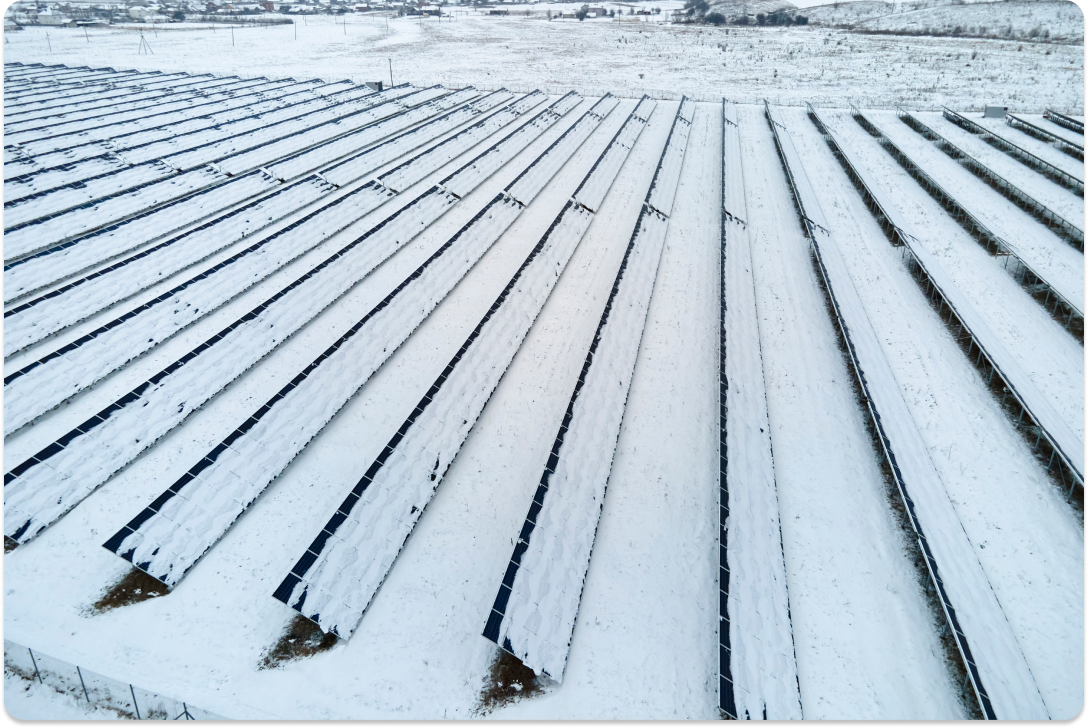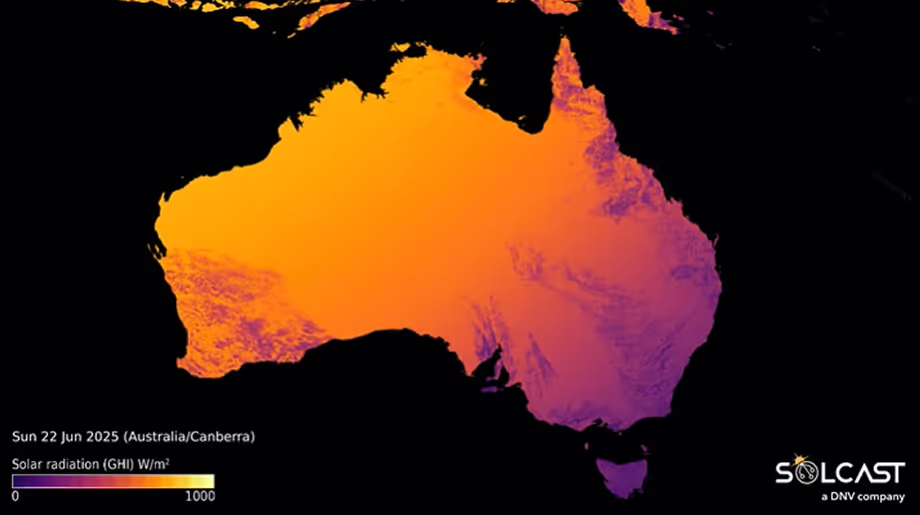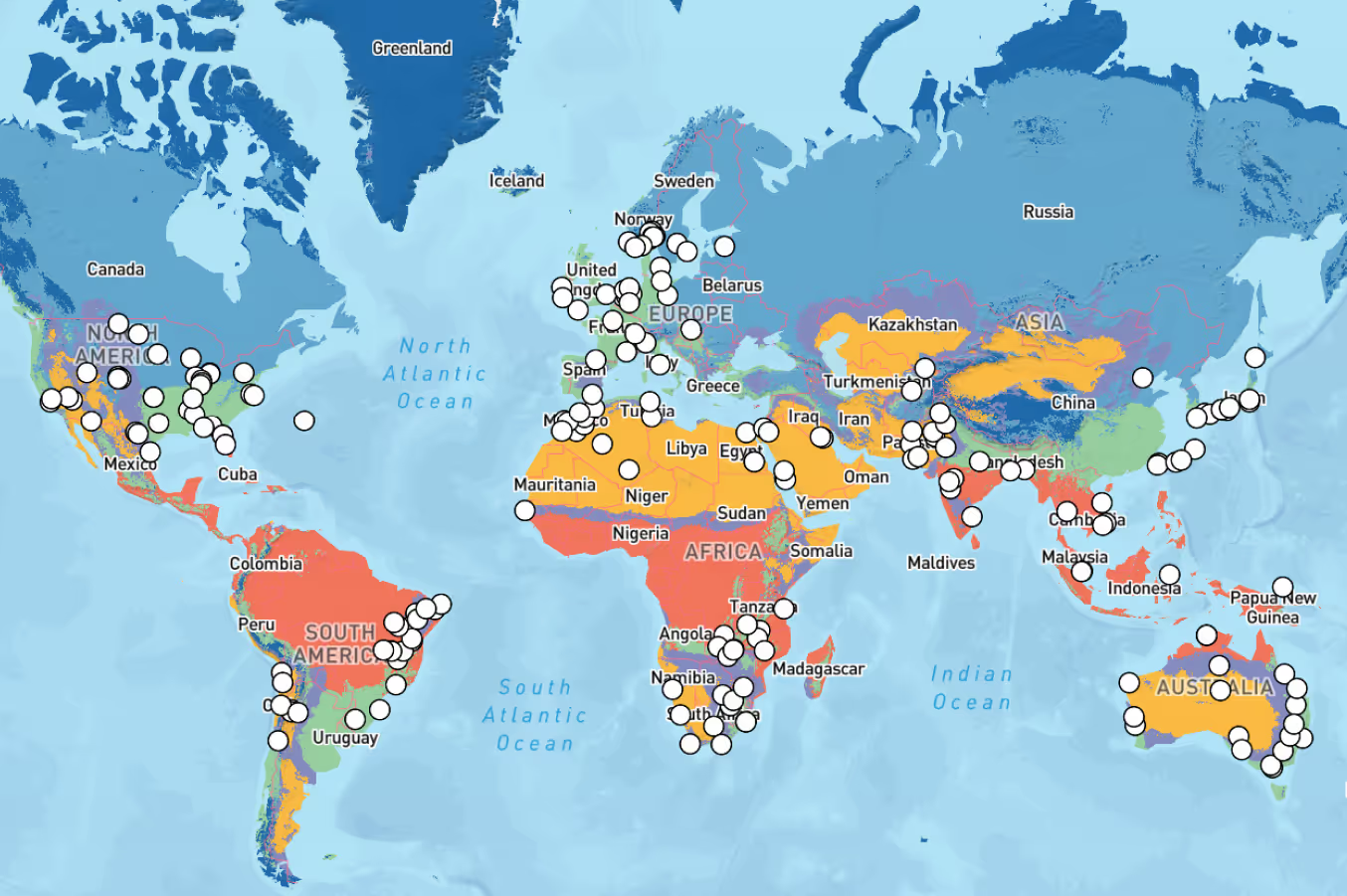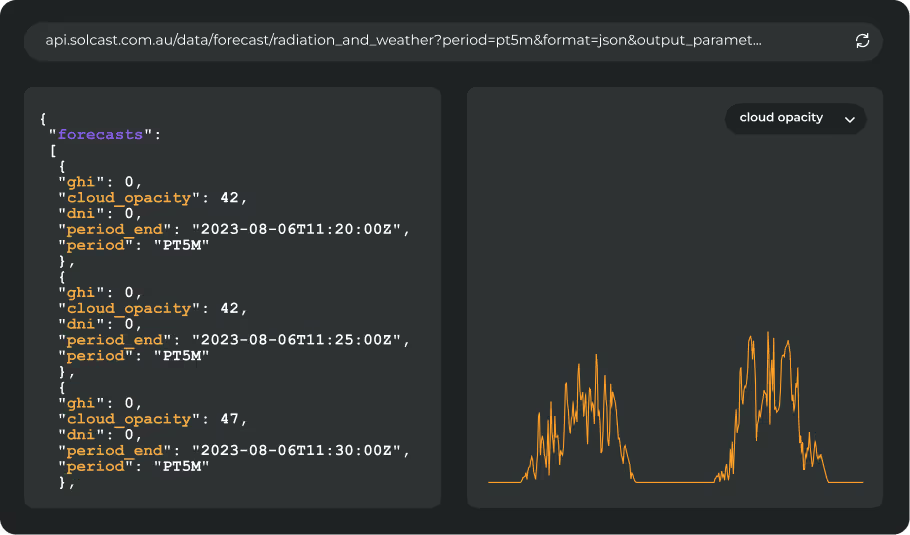When solar energy modeling accuracy is always the goal, but irradiance isn’t always the whole picture. For solar assets, depending on the local climate, snow soiling can be a significant factor impacting production. Failing to account for snow on your panels can lead to large forecasting disparities when it’s a sunny morning, but recent snow is preventing power generation. This has real world consequences if grids are expecting generation based on high irradiance but panels are soiled, and then as they come back online when panels clear. If you’re evaluating data sources to find the right data for your solar systems, you should ensure your data includes information on snow soiling and clearing.

Snow soiling occurs when snow accumulates on the surface of solar panels, blocking the irradiance and reducing generation. In regions most likely to see snow, the days are shorter, resulting in lower irradiance, making it more critical to understand how snow might be affecting your generation. The extent of snow soiling loss, and how fast snow clears depends on various factors, including irradiance, panel tilt, ambient temperature, and snowfall.
How does snow soiling affect your solar plant?
Many solar models and data sources overlook snow soiling because it doesn't significantly affect long-term average errors and the data can be hard to reliably source. However, on snowy days and days following snow, its impact can be substantial. Modelling using irradiance that doesn’t factor snow soiling will significantly over estimate generation for soiled panels, leading to erroneous forecasts, false fault alerts, and ultimately lost efficiency. Failing to account for snow soiling losses can also lead to inefficient power management decisions, especially when monitoring assets or operating sites remotely.
As you can see in these data, snow soiling losses continue to affect power until the snow starts to slip off of the panels.

Impact on a grid level
When the impact of snow accumulation is overlooked, it can result in grids with high residential rooftop solar experiencing significant reductions in behind-the-meter generation. This leads to net demand exceeding expectations, as every house starts drawing from the grid instead of their own solar production. Similarly, behind-the-meter generation starts to ramp up as snow melts and clears, dropping residential power demand significantly. Without an understanding of snow soiling on behind-the-meter solar, grids operators aren’t able to effectively plan for energy demand leading to unnecessary storage dispatch, curtailment or even grid instabilities.
Impact on an asset level
For utility scale operations, snow soiling losses can mean failing to meet Power Purchase Agreement (PPA) obligations. Microgrids might not be able to meet power needs, and energy storage applications will not be able to optimise dispatch effectively.
Making informed decisions during snowy weather events is essential for optimizing your solar plant's performance. It's crucial to utilize solar data that accounts for snow soiling, as during snowy periods this significantly influences power generation.
How does Solcast model snow soiling?
Solcast employs a specific approach to estimate the impact of snow on solar panels. Our model considers snowfall accumulation, as well as temperature and irradiance and sliding. The model used is the Ryberg and Freeman (NREL, 2017) model. This model represents the current best practice in the industry, having been developed and validated in the United States by the National Renewable Energy Laboratory.
Modeling based on snow accumulation
Our model for snow soiling losses uses NWP meteorological snow data to determine how much snow has fallen, and has accumulated on panels.The amount of snow accumulated is translated to snow soiling losses as a proportion of power generated up to 100%.
Modeling based on temperature and irradiance
Once accumulated, we need to model how and when the snow will slide off the panel. The Solcast model considers local ambient temperature and irradiance to calculate slideage. It combines all these factors to forecast when and how fast snow is likely to slide off the panels.
Other snow parameters
Currently, Solcast has four snow parameters that can provide even more accurate insights for modeling snow soiling. These will help you make precise calculations for your own PV modeling.
If you're using Solcast's Rooftop PV model, Advanced PV model, or Grid aggregations, snow soiling is already factored into the data we provide. Advanced PV model users have the added flexibility of customizing their data and querying the snow soiling losses directly to understand the Solcast model’s estimates. In cases where customers have already cleared snow from their panels, they can override Solcast's data and input their own values to adjust the calculation.
Through the Solcast API, you can access accurate data that combines snowfall, temperature and irradiance that predicts the impact of snow on solar energy efficiency and operations in snowy regions.
Access the right solar data for optimised solar operations
If you’re assessing solar data, you’ll know the importance of a data set that accurately includes the effects of cloud cover, aerosols and snow soiling can have irradiance and your power production. Whether you’re modelling for a single site, a microgrid, or aggregating irradiance for a grid-scale VPP, it’s essential that you have access to the most accurate data, that’s built for solar.
Think your business could benefit from Solcast’s Irradiance data API? Our team would love to connect you with API access to begin evaluating our data set. You can create a commercial toolkit account and start evaluating data today, or request a quote and speak with one of our local solar data managers about setting up an extended trial and learn how data could be powering your business.










.avif)


